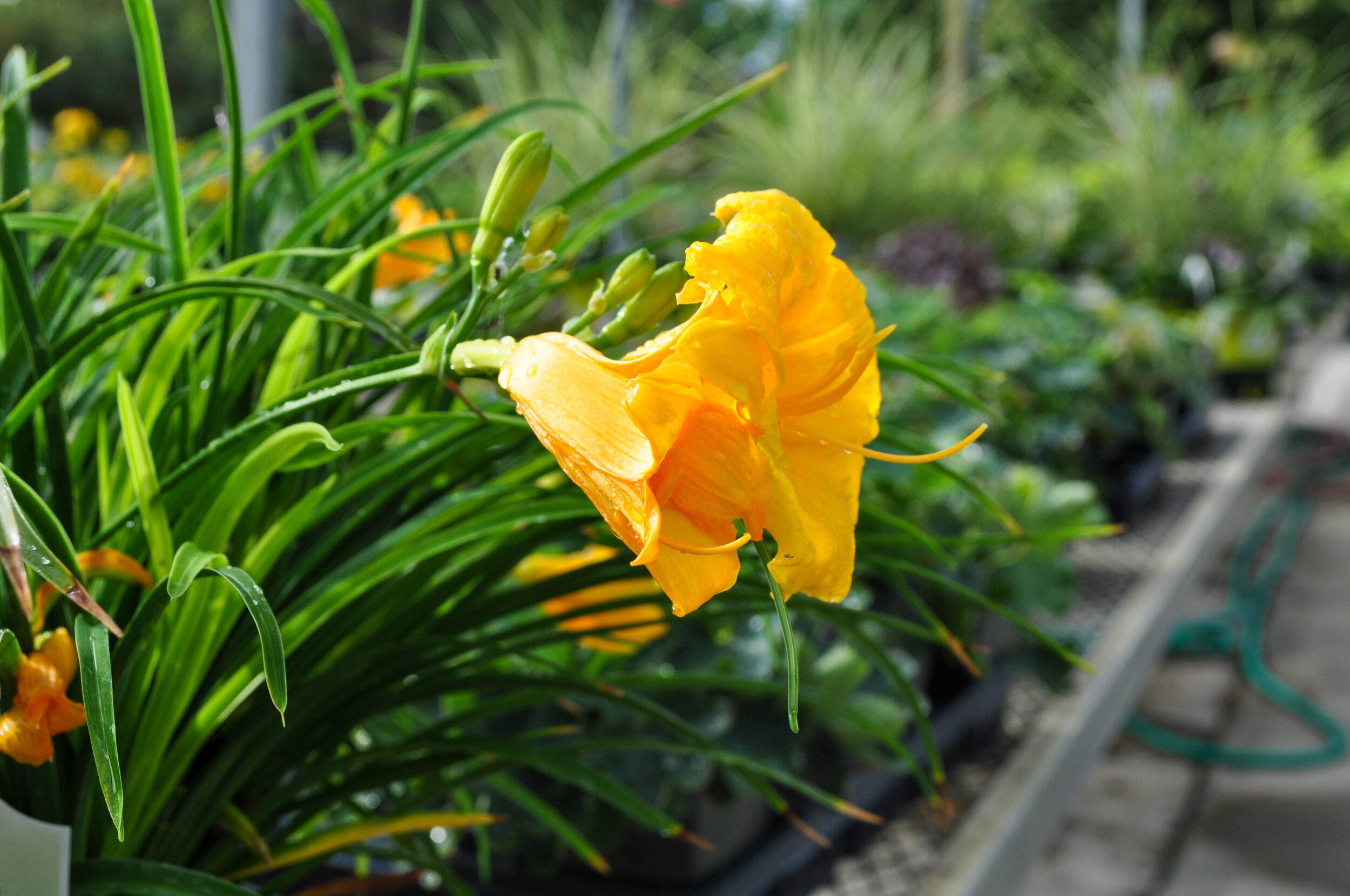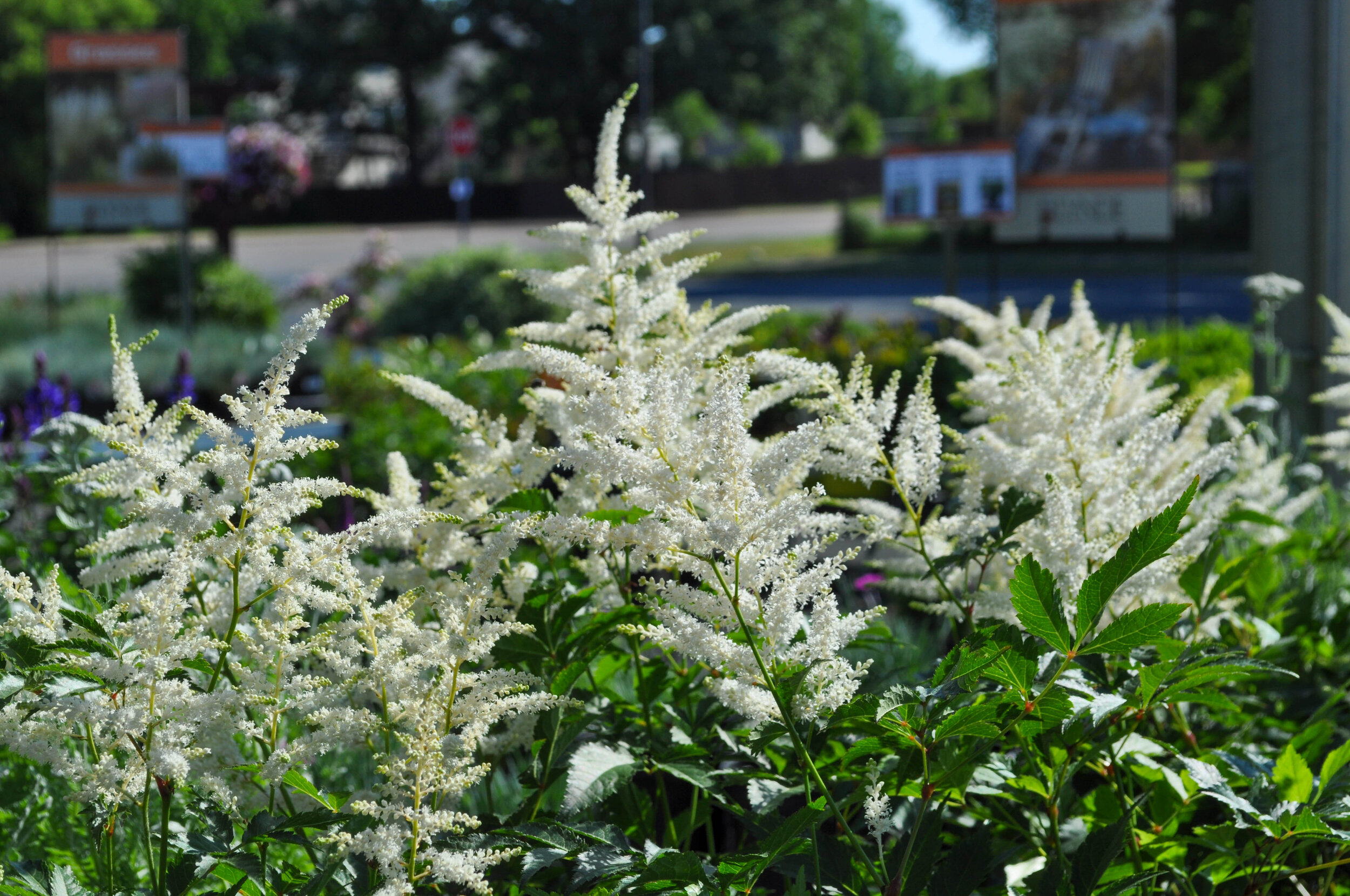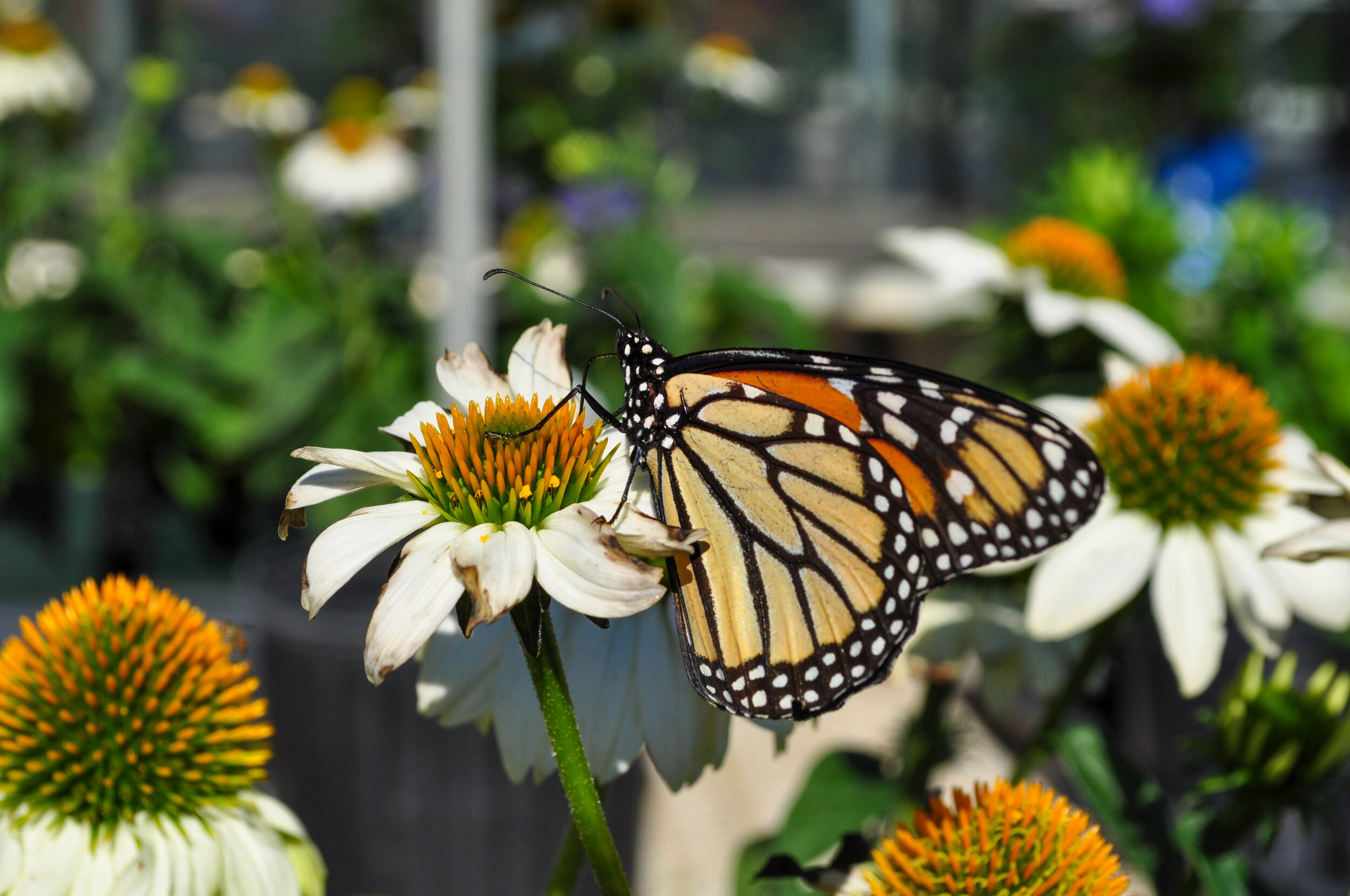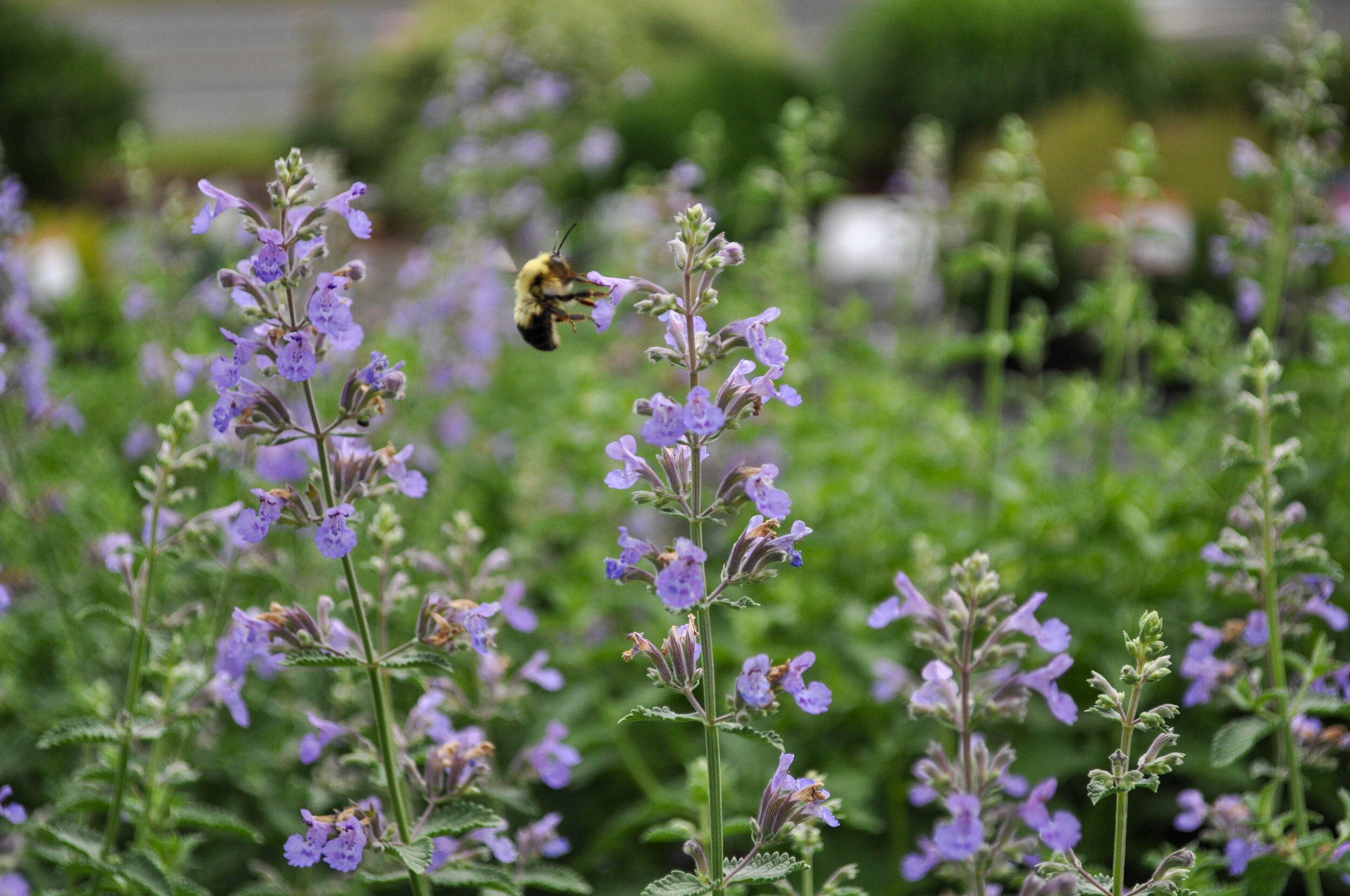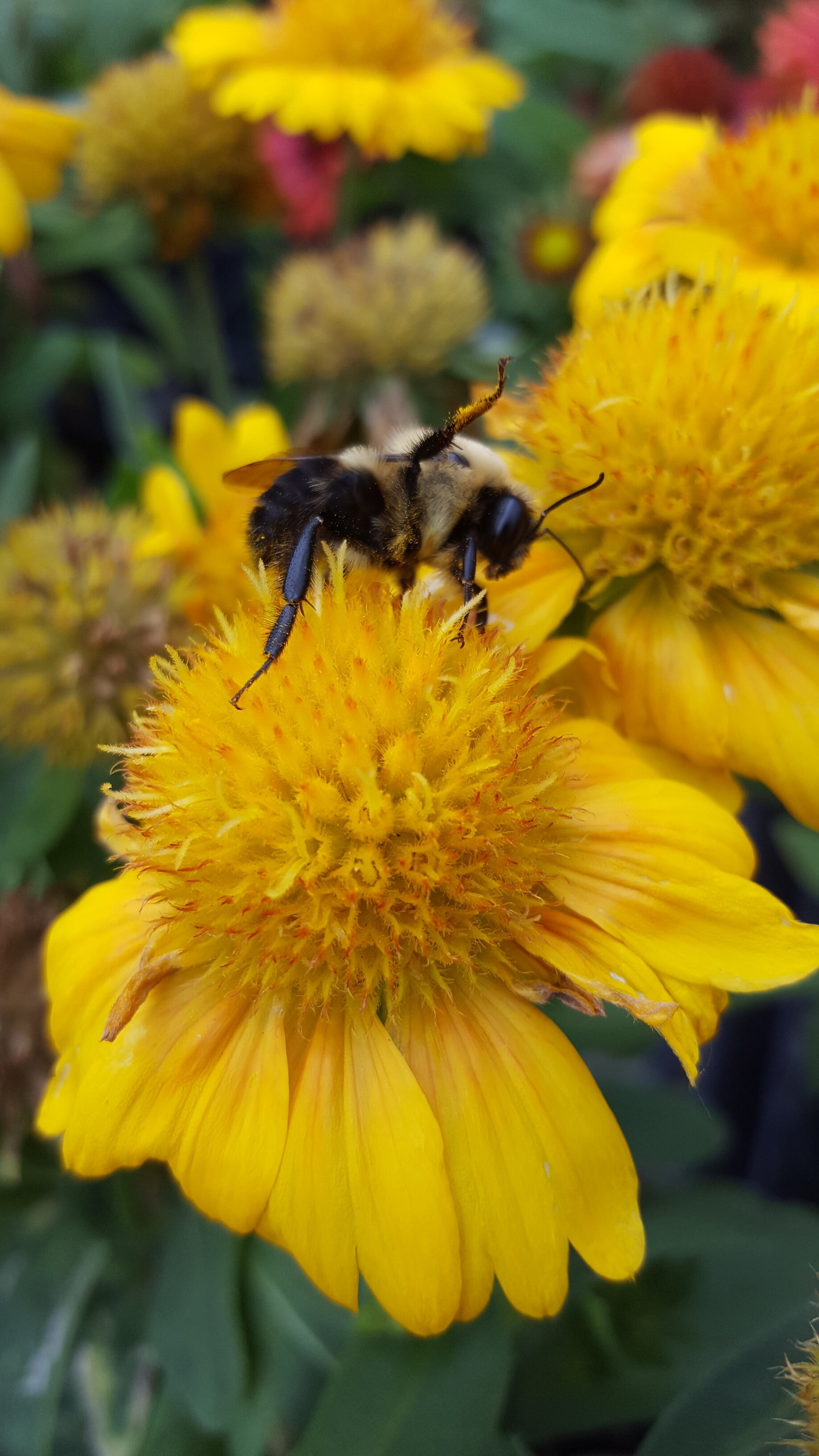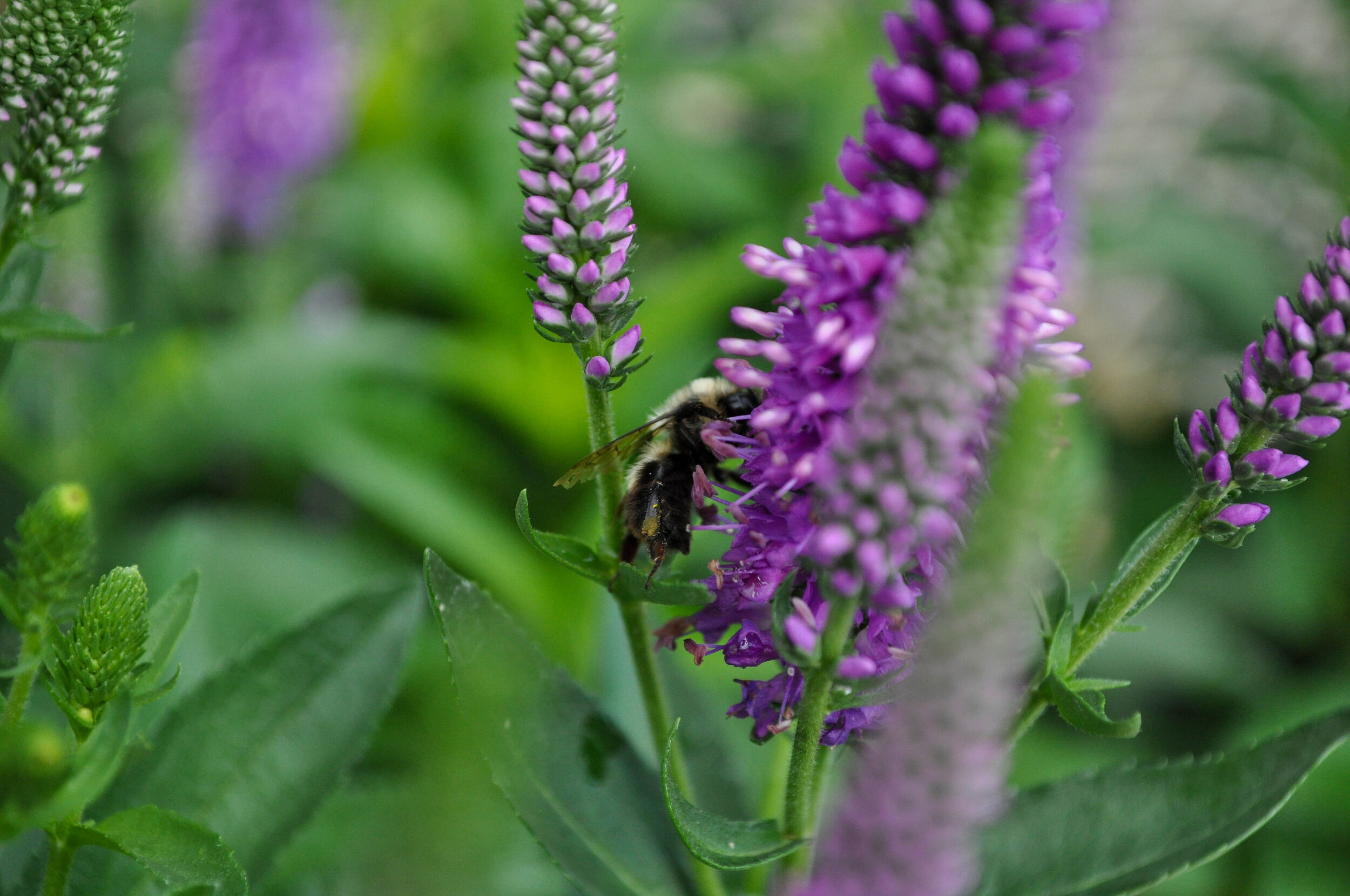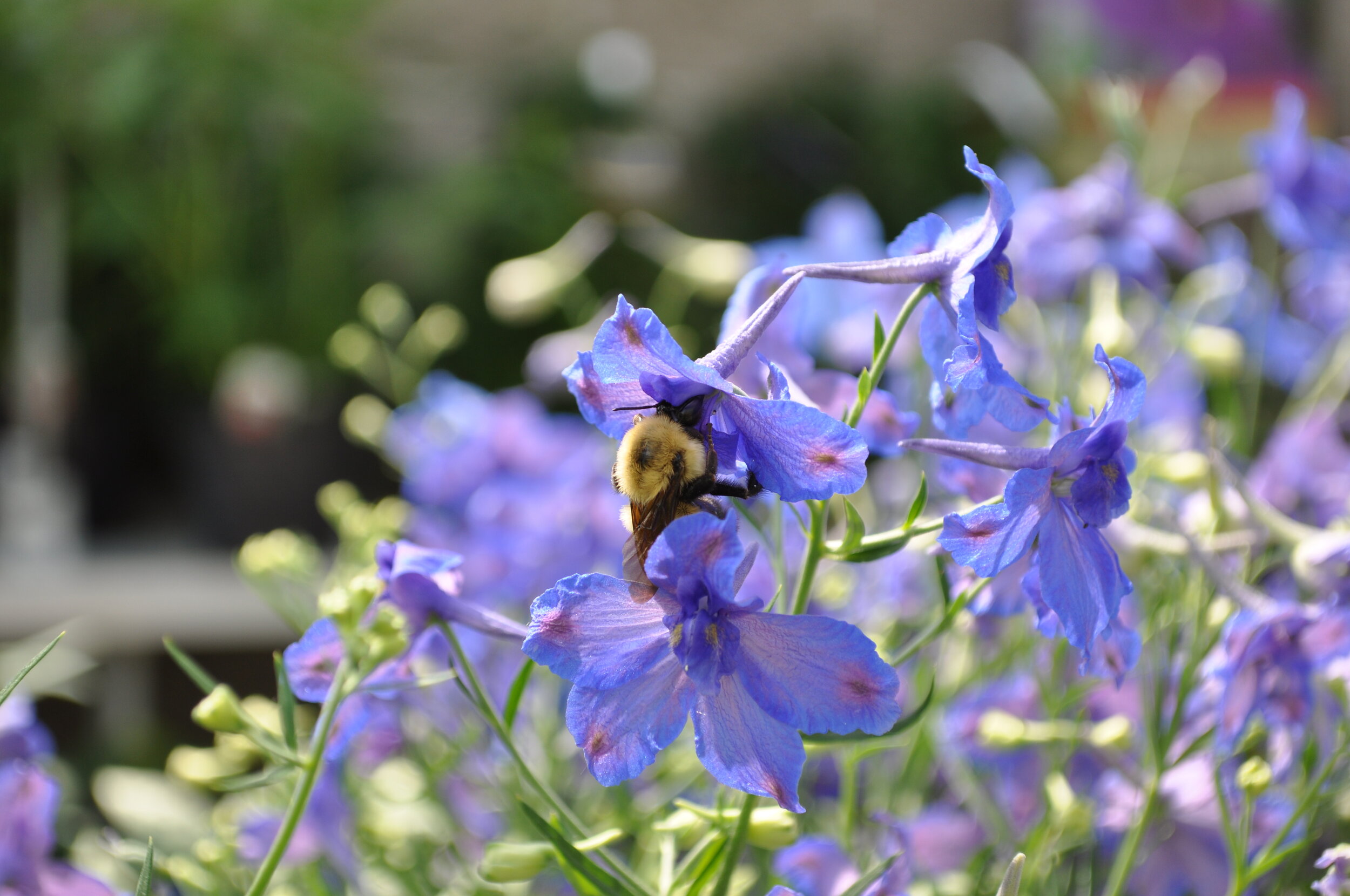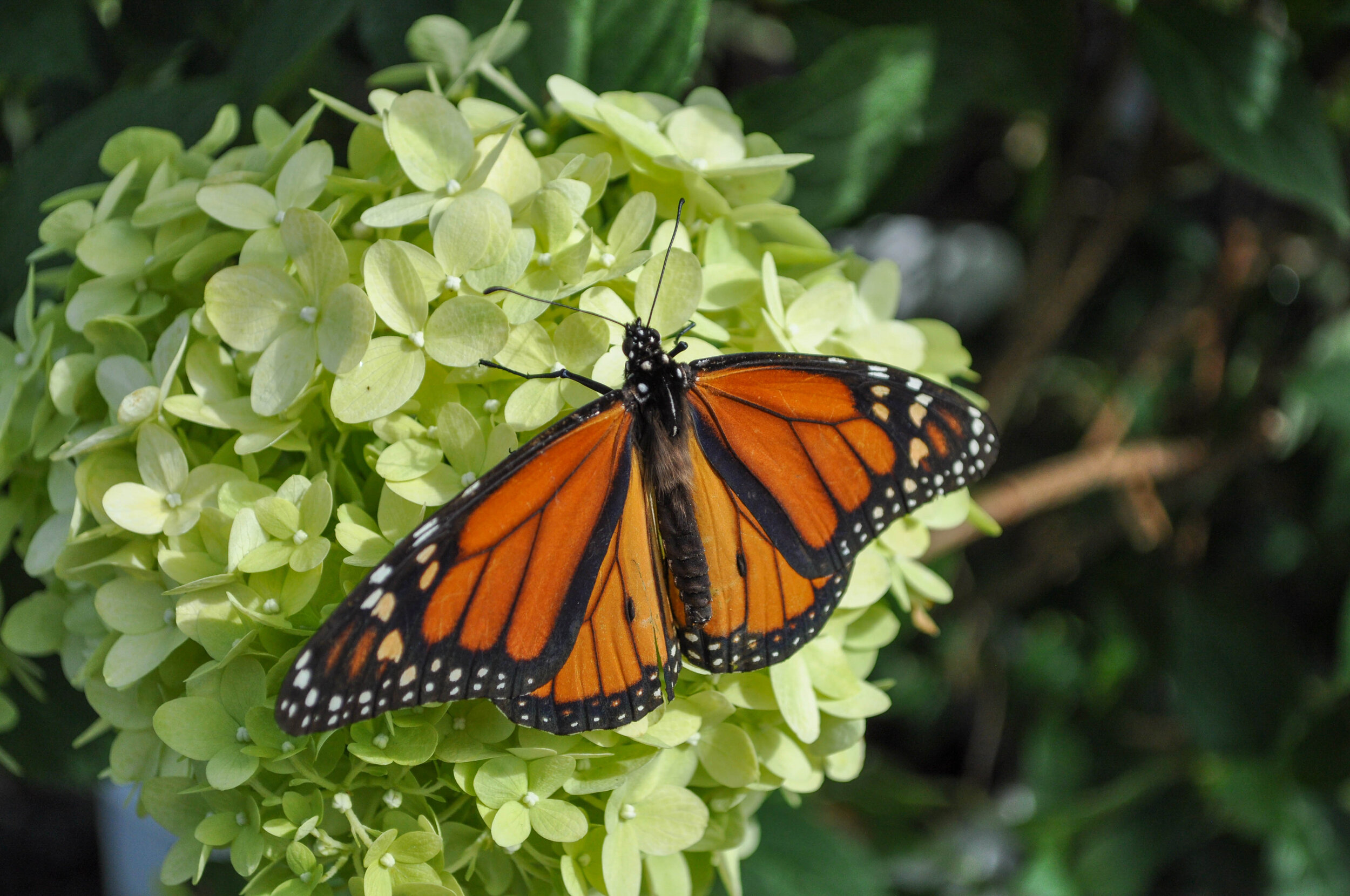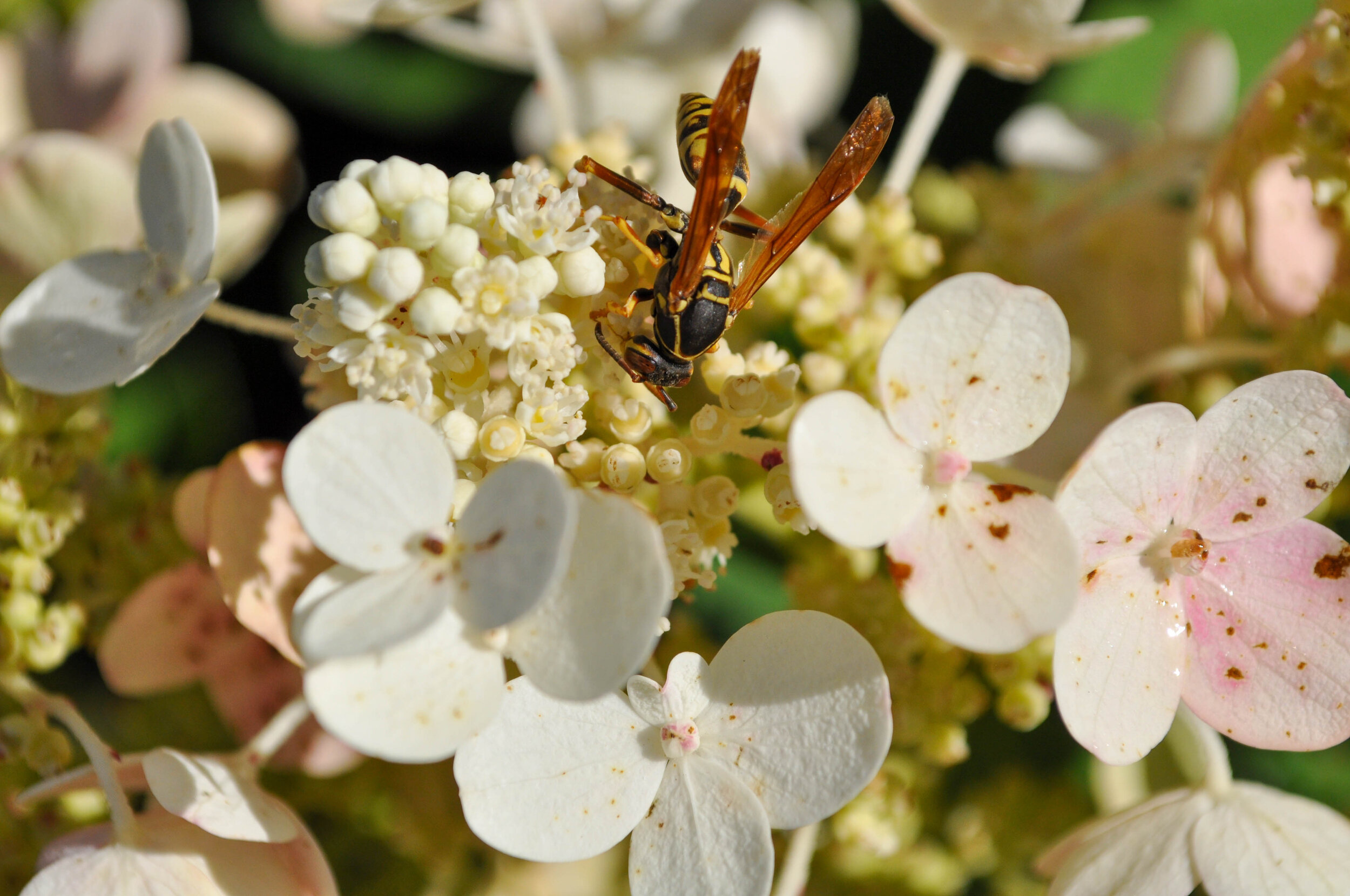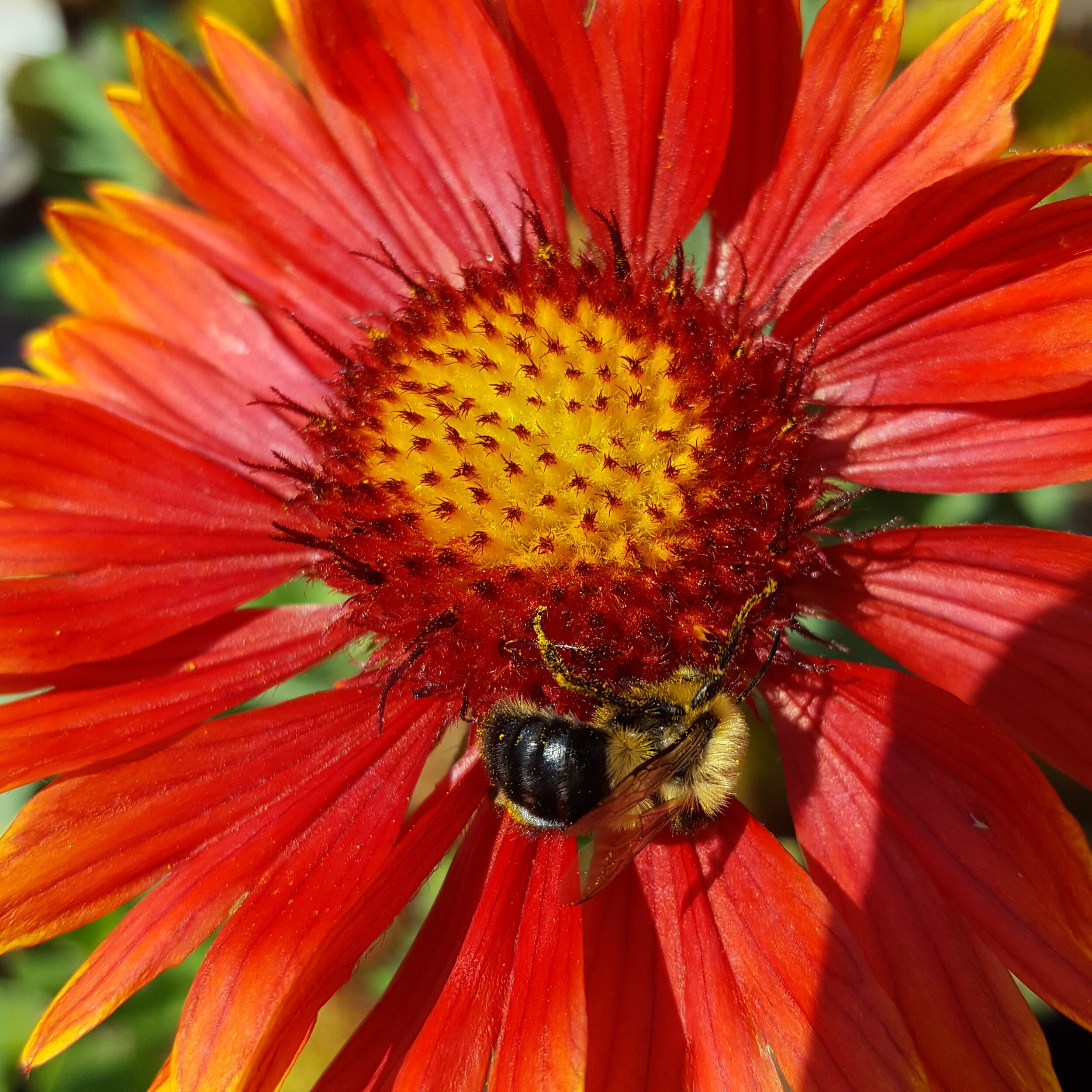Why Plant Perennials?
By: Christina T.
Perennials are winter hardy plants that come back for several years and can be maintained easily once established. Each perennial offers a unique feature in your garden. Whether it’s brilliant color or textured foliage, these plants are utilized by many homeowners to create a more attractive landscape. Many years of enjoyment can come from a one-time planting session. As if that wasn’t convincing enough here are 5 reasons why we recommend adding perennials in the landscape.
Rudbeckia
They are MN Hardy
Perennials, shrubs, and trees come to life year after year. Once planted, they only need to be replaced when there is harsh winter, not properly cared for, or when experimenting with plants in a new garden bed. Once established after 1-2 years they offer years of color and enjoyment. There is no greater feeling than seeing foliage emerge from the ground after a long winter. When shopping for hardy plants for Minnesota always make sure the plant is hardy for zone 4.
Low-Maintenance
Our society has a go-go-go nature. Although 2020 may have slowed us down a bit, taking time to enjoy home life, family gatherings, and the activities we enjoy, a low-maintenance garden means more time for other things you enjoy doing. Unlike annuals that need regular watering and routine deadheading, perennials, once established, can be reduced to only a few times of hands on care throughout the summer season. Not to mention the long term benefit they provide for nature, offering pollen, nectar, and seeds for wildlife. Perennials allow you to spend more time enjoying what they have to offer.
Clematis
More for Your Money
Perennials can be more expensive than annuals up front, but not in the long run. Most perennials are purchased once lasting several years, even decades when it comes to trees and shrubs. To be realistic there are times where replacements will need to be purchased after a harsh winter or experimenting with new plants, but overall, the longevity of a perennial outweighs that of annuals. Spending a couple more dollars one year, knowing you won’t have to spend again next year, makes that investment easier.
Barberry
Eye-Catching Statement Pieces
Perennials offer a wide range of bloom colors, flowers, and foliage types. Many of which are different from what you will find in annuals. For sun or shade, there are many options for adding color, texture, and variety to your garden. When designing, it’s important to choose perennials that bloom at different times of the year so there is color throughout the entire growing season. Taller perennials and shrubs should be planted towards the back of the garden while shorter plants and ground covers should be planted in the foreground, along pathways, or garden edges.
Maltese Cross
Provides Food for Native Wildlife
Blooming perennials, especially native perennials, are great sources of pollen, nectar, and seeds for native birds, butterflies, and other pollinators. Milkweeds, Bee Balm, and Gaillardia Daisies, among so many more, provide bees and butterflies excellent food sources. Shrubs with berries, and perennials that offer seeds like Echinacea provide food sources for native birds. Not only will you get to enjoy the plants, but nature will be dancing happily in your yard because of them.
Humans love to enjoy the wonderful blooms and flowers plants offer, but it is important to remember that they serve a greater purpose in nature and the ecosystem. Selecting plants that will benefit the wildlife in your neighborhood is equally as important as selecting plants that are beautiful.



